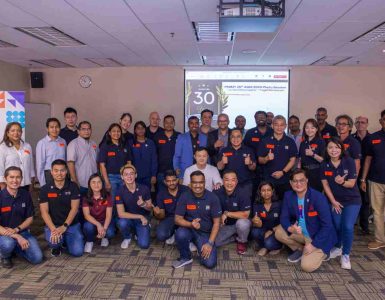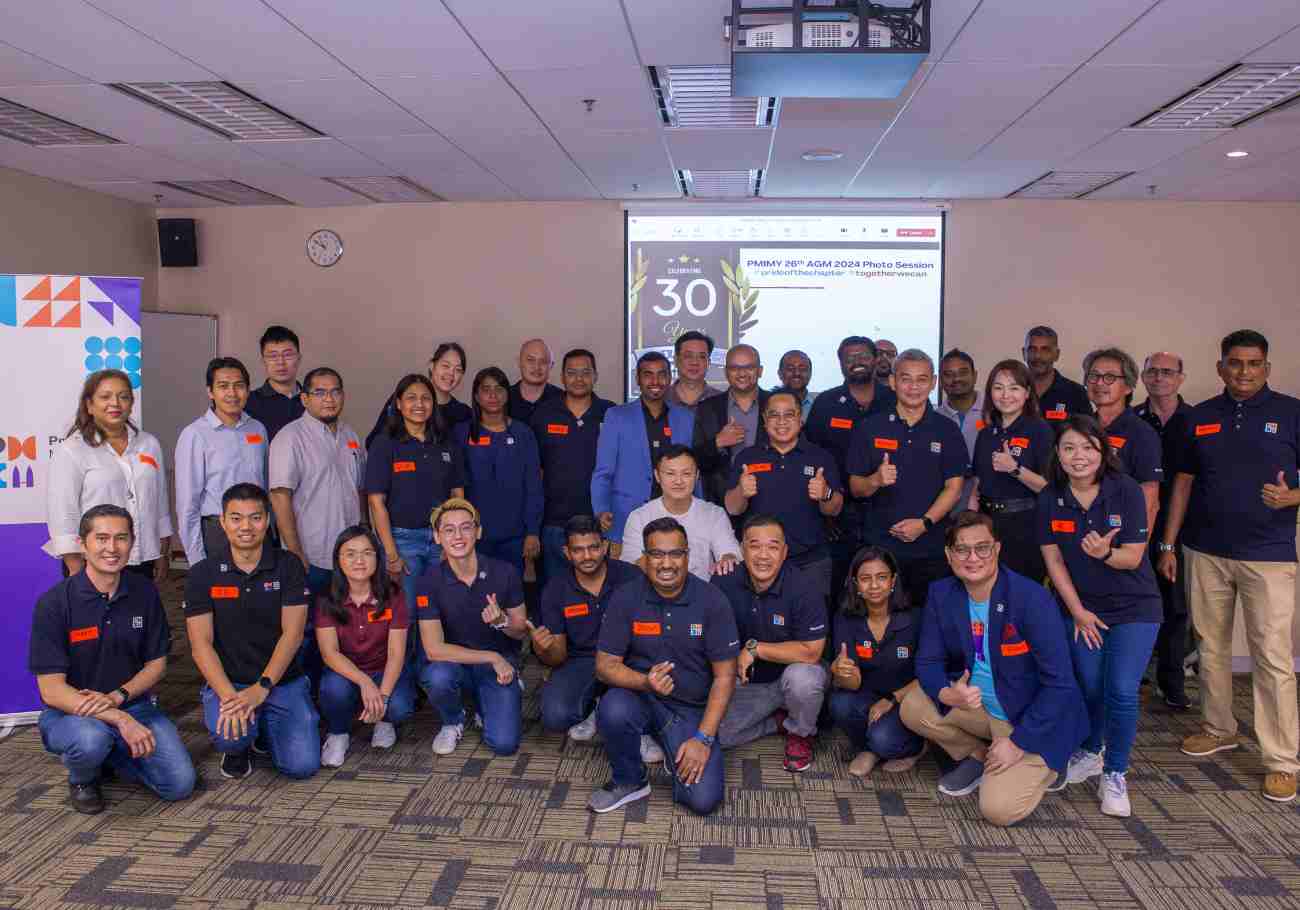
Stories and photos by LC Bulan
Ragi ubong samoa dedudok ari burak magang, Tang chura iya digaga’ dudi, nya’ alai bisi’ mansau, Kuning, gadong enggau biru.
All cotton threads start out as white, But after they are dyed, they become red, yellow, green, and blue.
The Iban saying reflects a reverence for fairness and equal treatment that has underpinned the lives of many native Sarawakians for generations.
Over the past few decades, however, development in Sarawak has been anything but egalitarian both in terms of opportunities and outcomes.
According to the UNDP, poverty in Sarawak is now almost exclusively a rural phenomenon, accounting for up to 98 percent of the state’s hardcore poor. In addition, deep intra-ethnic divides remain.
Previous studies of indigenous Bumiputera minority* groups in Sarawak have revealed that while the state accounts for about 8 percent of the total population in Malaysia, it had the second highest concentration of poor households in the country, with the incidence of poverty among the poorest group to be at over 80 percent.
*The Bumiputera Minority category is an aggregated one which includes the Iban, Bidayuh, Melanau and Orang Ulu (Kayan, Kenyah, Kelabit, Tagal, Ukit, Tagal, Lun Bawang, Lahanan). In 2002, about 36.4% of Iban, 33% of Melanau and 28% of Other Bumiputera as compared to 16.5% of Malays and 4.3% of Chinese who were still living below the official poverty line. Studies of this nature are infrequently updated due to the vast distances and isolated locations of the communities involved.
(Source: Leete, Richard (2007). Malaysia from Kampung to Twin Towers: 50 Years of Economic and Social Development. Shah Alam: Oxford Fajar Sdn. Bhd.)
There is little doubt that many Sarawakians, as with other Malaysians, welcomed the government’s announcement in 2008 that it would move to aggressively address uneven development through the Sarawak Corridor of Renewable Energy (Score). But the projects under Score to date, namely the construction of 12 large-scale dams to attract energy-intensive heavy industries such as aluminium smelters, raise fundamental questions about the nature of development that is being championed:
? Development of what kind?
? Development for whom?
? Development by what means?
? Development at what cost?
I sought answers to these questions when I worked with a colleague last year to develop a study on Score. Going beyond the perspective of the state, we wanted to see how Score was being perceived by the people who would be most affected by its development: the communities living upstream and downstream of the mega-dams being proposed. We spent weeks living among the Dayak folk who opened their doors and hearts to us.
We toured the 108MW facility operating near Batang Ai, and the 2,400MW Bakun Hydroelectric Project and the 944MW Murum Hydroelectric Project.
We spoke with community leaders and villagers who had either been displaced or were at risk of displacement from the dams under Score.
We visited micro-hydro sites, built and operated by the communities themselves who are still not connected to the grid, farms upon which people’s livelihoods were based and churches where people sought refuge and solace.
Some of their stories are captured in the photos here (see, below).
Our study found that the model of development being championed by state planners raises questions of efficiency — and, of legitimacy. These questions have not been satisfactorily resolved to date.
The former question relates to implementation issues, and so do not suggest that there is anything fundamentally wrong with the model. Certainly, many of the problems that were encountered by the Bakun project suggest major deficiencies in the way dams in Sarawak are planned, designed and managed, for example, by relying on shoddy environmental impact assessments.
But the challenges related to Score go beyond mere operational issues. Under this model, it is assumed that the benefits of this kind of development will magically trickle down to the rest of society.
It is also assumed that displacing entire peoples from their ancestral lands is socially profitable because it brings indigenous communities into the mainstream of development. But the stories of the people in Sarawak reveal that in situations where the logic of ‘markets’ alone drives the design of development projects, the real costs to people’s lives go unaccounted for.
Chronic impoverishment remains a legacy of the peoples who are displaced by dams in Sarawak, and this reveals the predatory nature inherent in the Score model of development. As one man I spoke to said, “this is the most destructive form of land development on earth, taking what rightfully belongs to people and giving it to monster businesses. Conflict is inevitable.”
For decades, the indigenous communities in Sarawak have been pushed to the brink of extinction in the name of ‘development’. The astonishingly rapid accumulation of wealth on the part of the party in power and a tiny minority of the privileged is and has been achieved by preying on the most vulnerable members of society and by passing on problems to future generations.
Continue Sarawak: Score an own goal? (Part 2)











